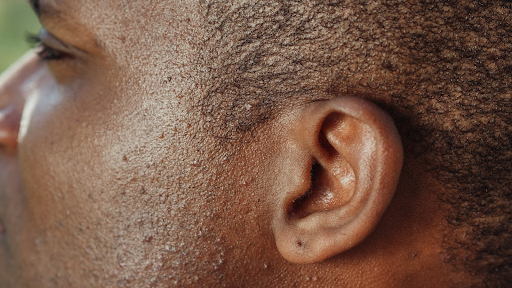Almost everyone has experienced the discomfort of heartburn after eating their favorite concession stand food or filling up too much at a large family dinner. Acid reflux can cause symptoms such as a burning sensation and pain in your chest, difficulty swallowing, a sour taste in your mouth, and a lump in your throat.
The following at-home remedies should help to ease these symptoms and stop the burn before it turns into a digestive fire. (Always consult your acid reflux doctor before adding anything new to your treatment regimen.)
Avoid triggers, such as acidic or spicy foods, and eat smaller portions to help lessen the instances of heartburn. Consider lifestyle changes, such as eliminating or at least limiting alcohol, smoking, and fatty foods. Do not eat before bedtime and use pillows to sleep in a more upright position if you seem to experience acid reflux more during the night.
At-home treatments include drinking low-fat milk, baking soda mixed with water, or apple cider vinegar to help maybe neutralize stomach acid. Other natural remedies include chewing gum or consuming ginger, found in tea and supplements. Grate your own fresh ginger root into soups, teas, and other drinks.
You do not have to wait until you experience symptoms of heartburn to take over-the-counter antacids. Take these medicines, found in chewable tablets and powders, about an hour after you eat to head off the burn before it starts. H2 blockers are now found over the counter and are taken every day to stop acid reflux from happening by decreasing acid production.
Though these home remedies for heartburn and acid reflux may offer some relief, it is always best to consult an ENT doctor if these symptoms persist on a regular basis, worsen, or OTC medicines don’t help. This can be a sign of a more serious condition, such as gastroesophageal reflux (GER) or gastroesophageal reflux disease (GERD).










